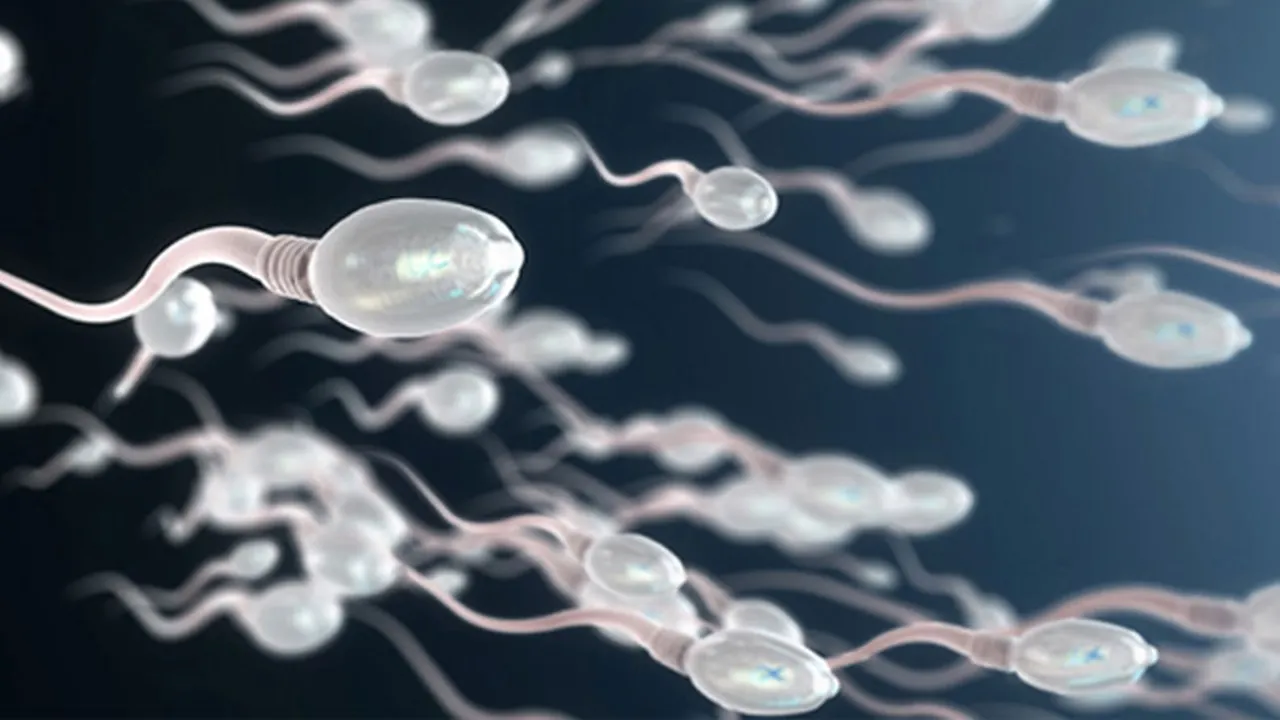
Magnet-controlled microrobot sperm
Researchers have engineered biohybrid microrobots using dead bull sperm coated with iron oxide nanoparticles, enabling precise control and tracking via X-ray-guided magnetic fields for potential medical use in the reproductive tract. The process involves coating sperm with nanoparticles through electrostatic self-assembly, followed by actuation using a robotic arm with a rotating magnet. X-ray fluoroscopy visualizes cluster movement, as demonstrated in a fluid-filled lumen and a 3D-printed reproductive tract model.

Clusters, averaging 0.9 mm, roll at 8-12 mm/s, with speeds peaking at 10 Hz before fragmenting due to fluid drag.The study confirms simultaneous actuation and localization, a first for torque-driven biohybrid systems.
Cytotoxicity tests on MES-SA uterine cells show 74-89% viability after 72 hours, matching control levels. X-ray imaging enhances visibility, with clusters navigating fallopian tubes in 37-47 seconds.

These biohybrid microrobots could be used to deliver drugs in the female reproductive system to treat cancer, endometriosis, or infertility issues, or even studying how sperm move in the body.
Ethical concerns are raised about using sperm this way, potential toxicity trade-offs, and the promise of revolutionizing fertility or cancer treatments, though challenges like cluster breakup and real-body testing remain.
